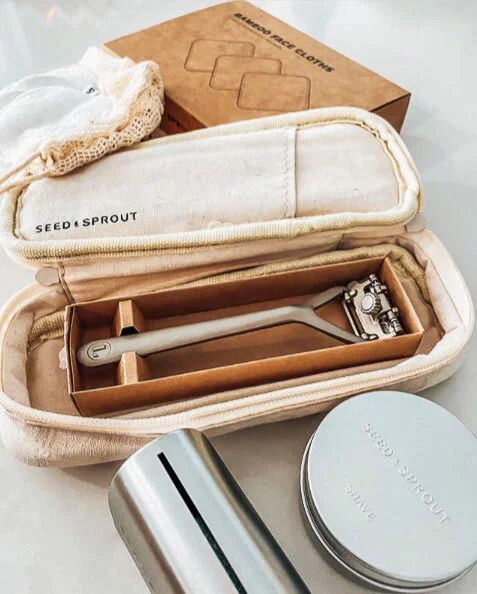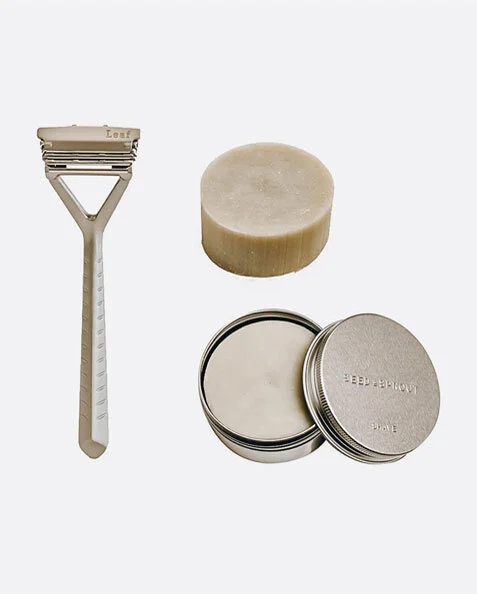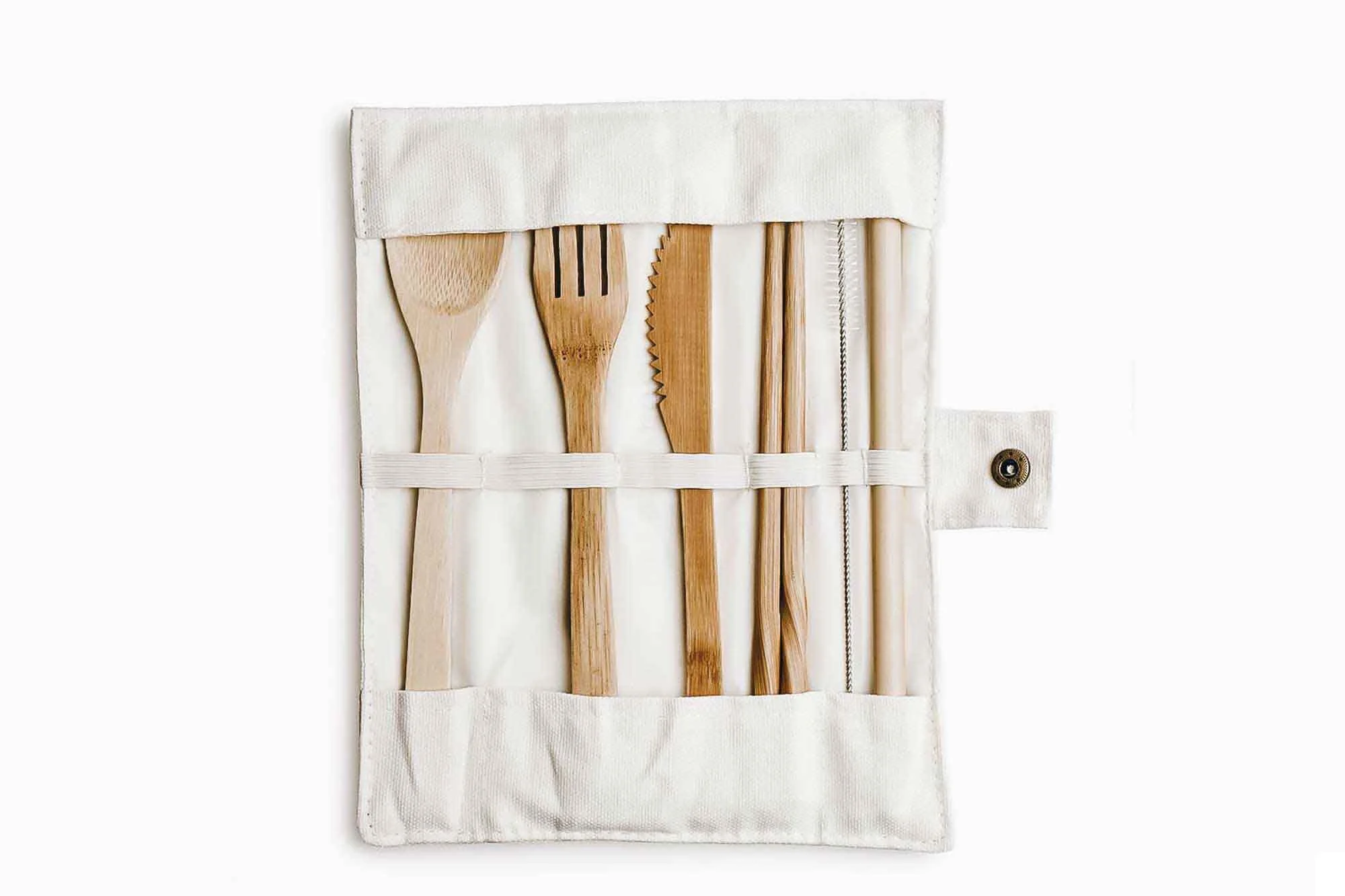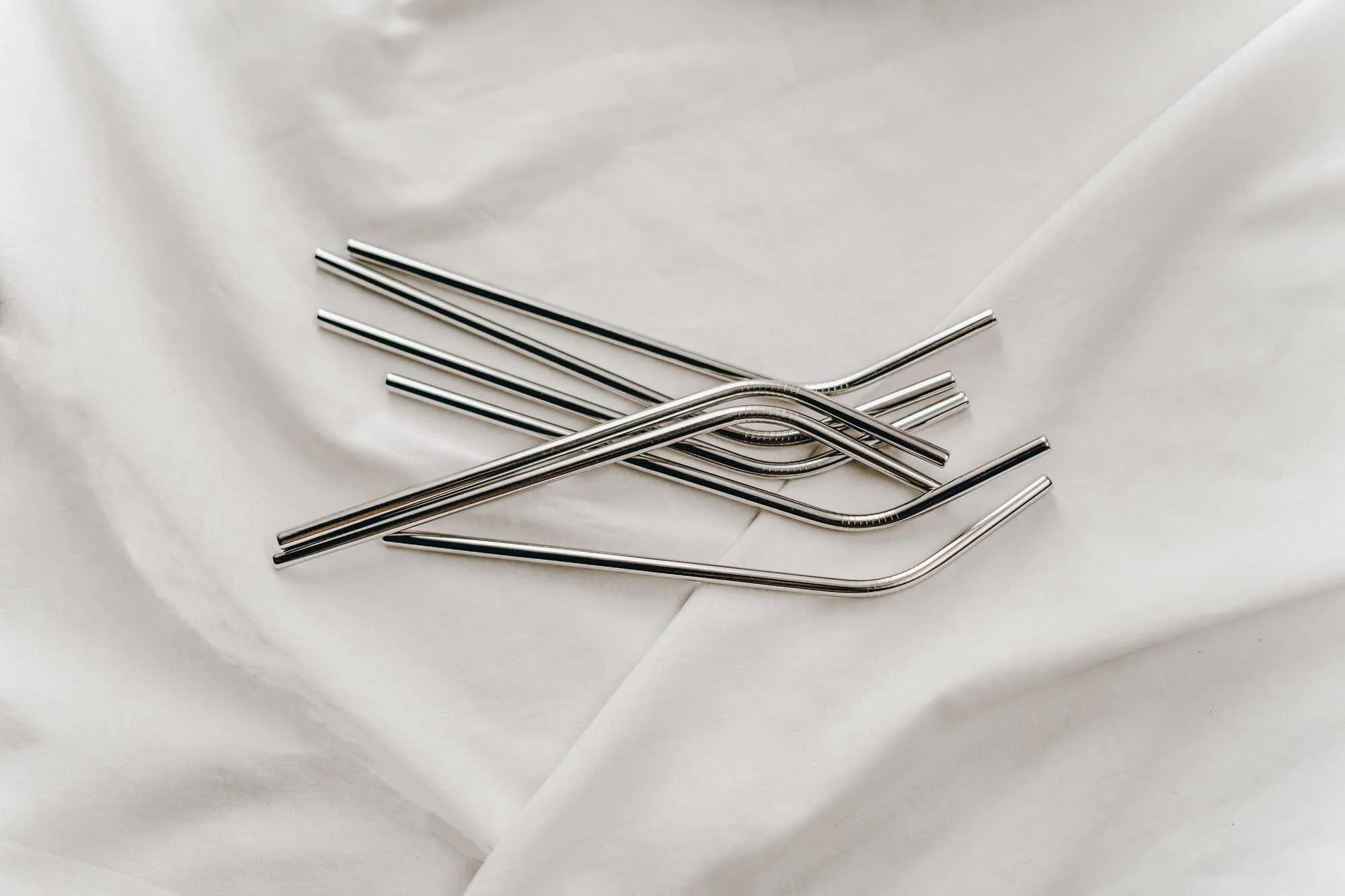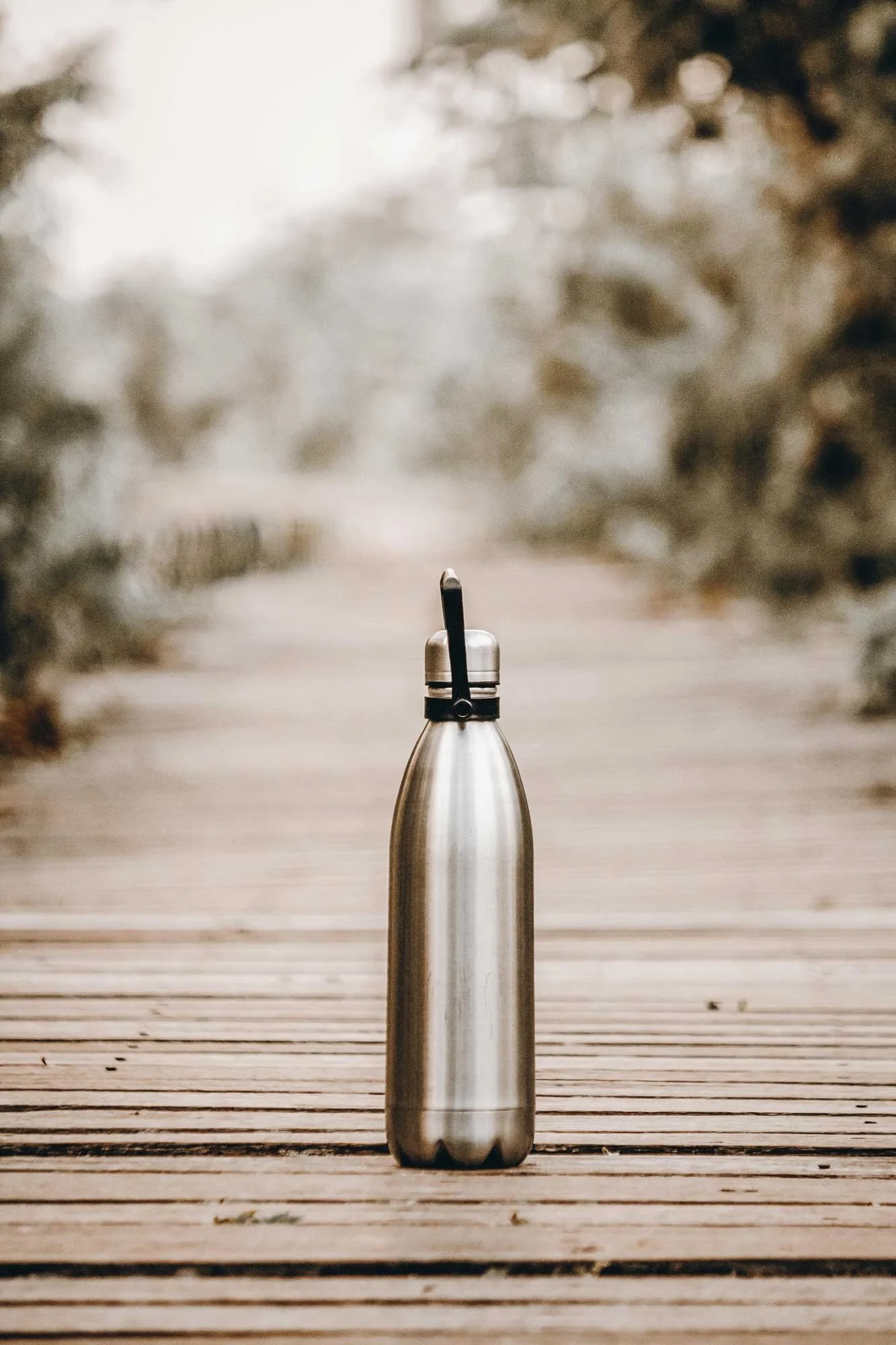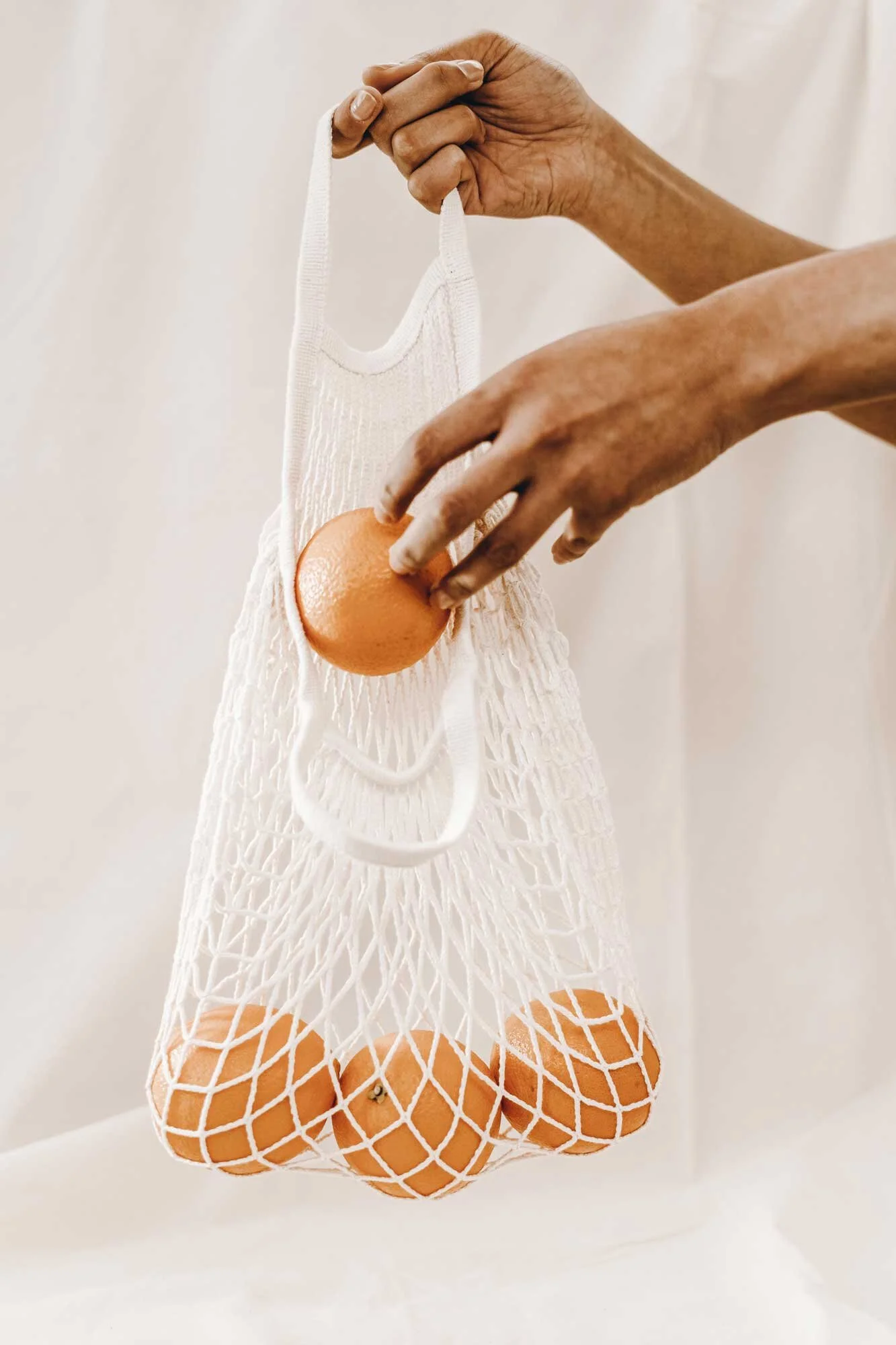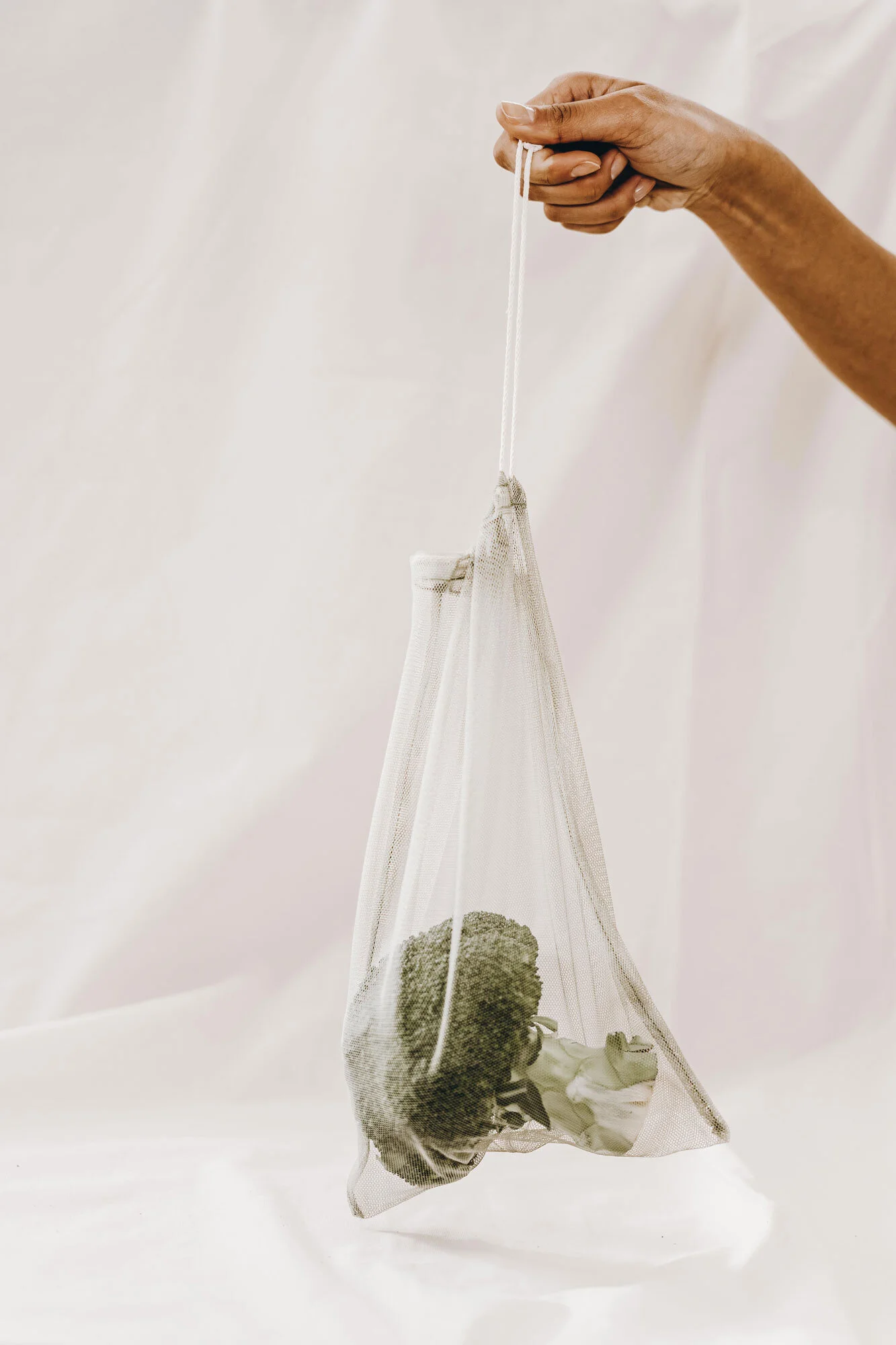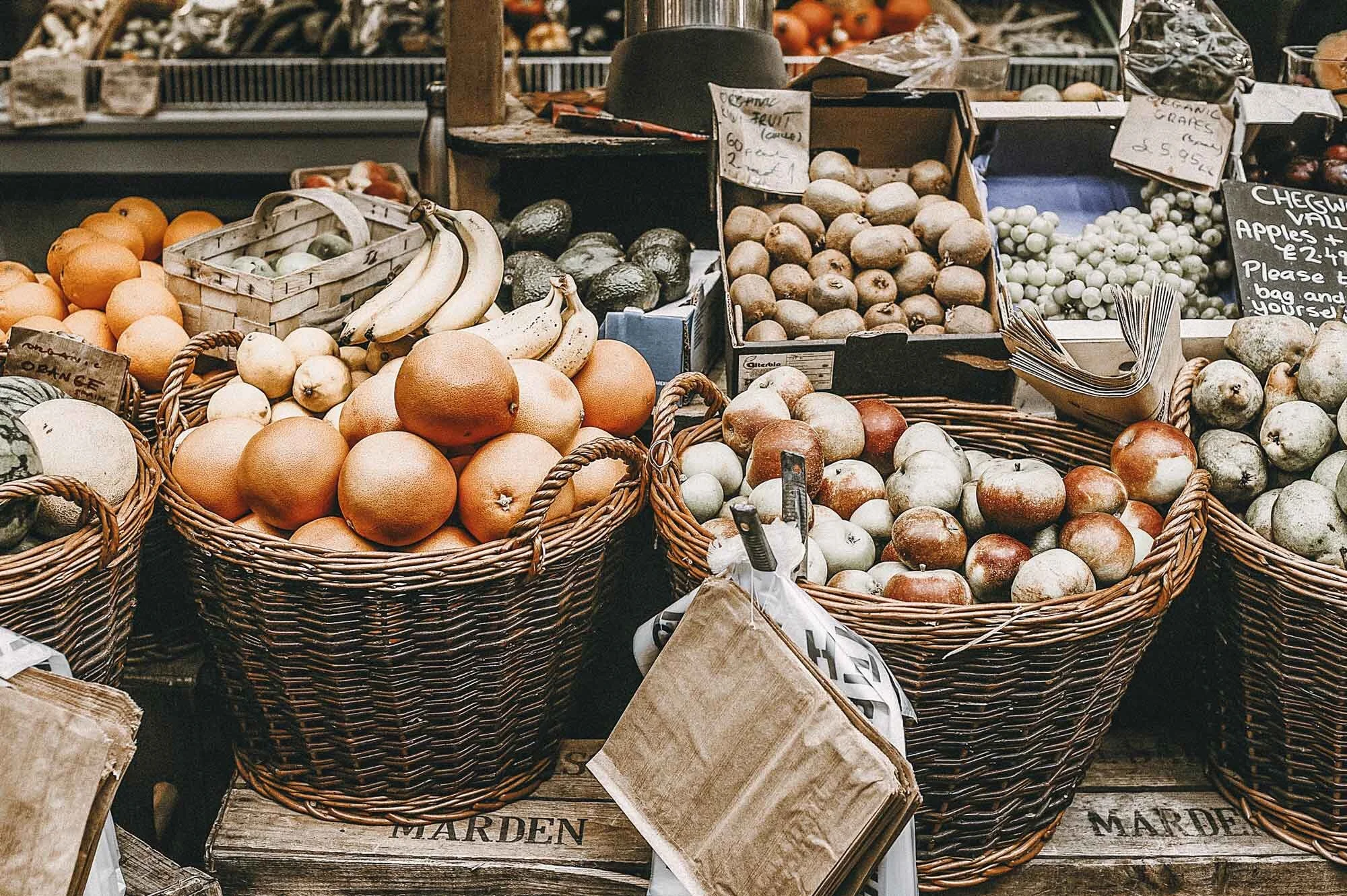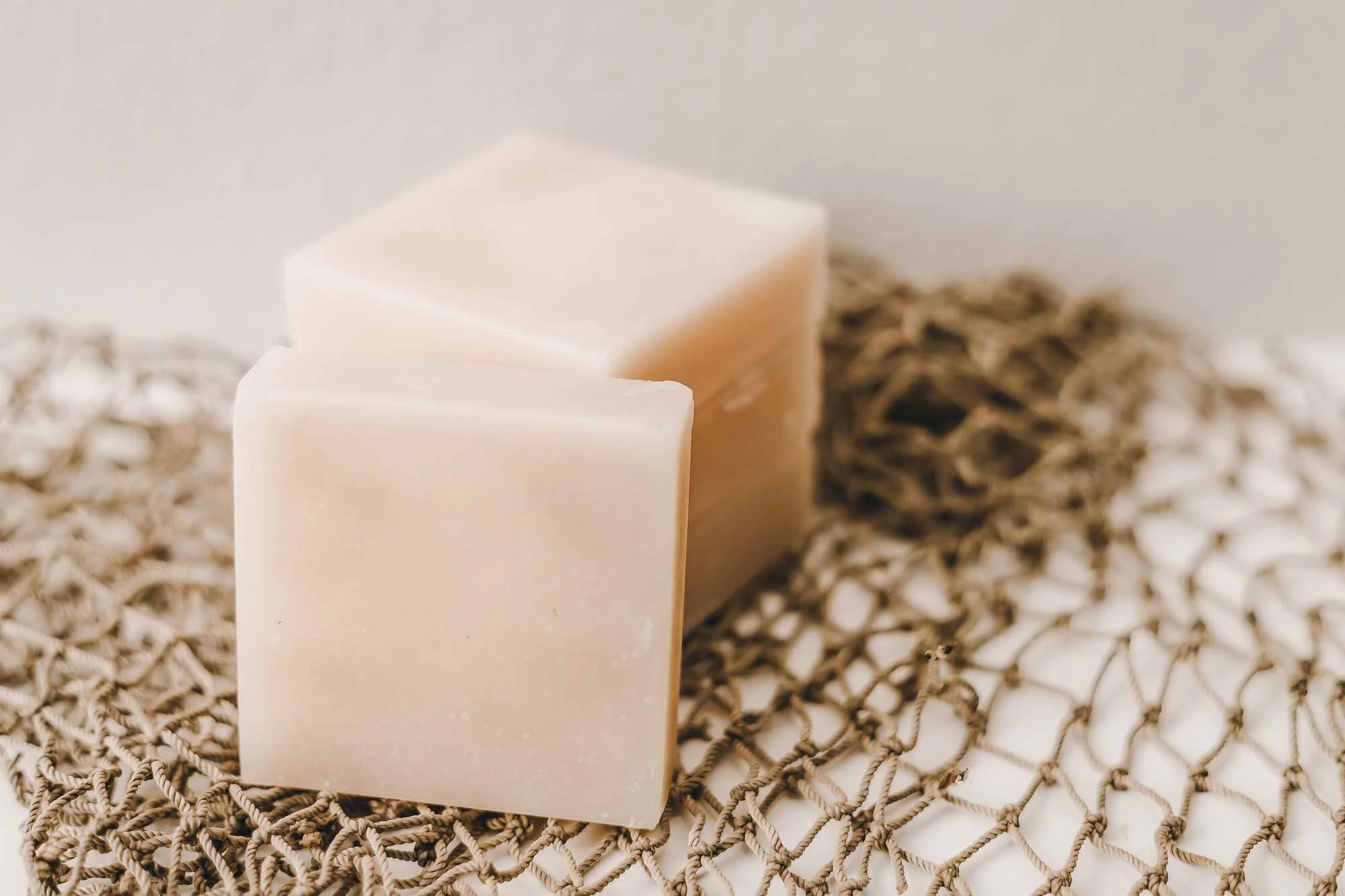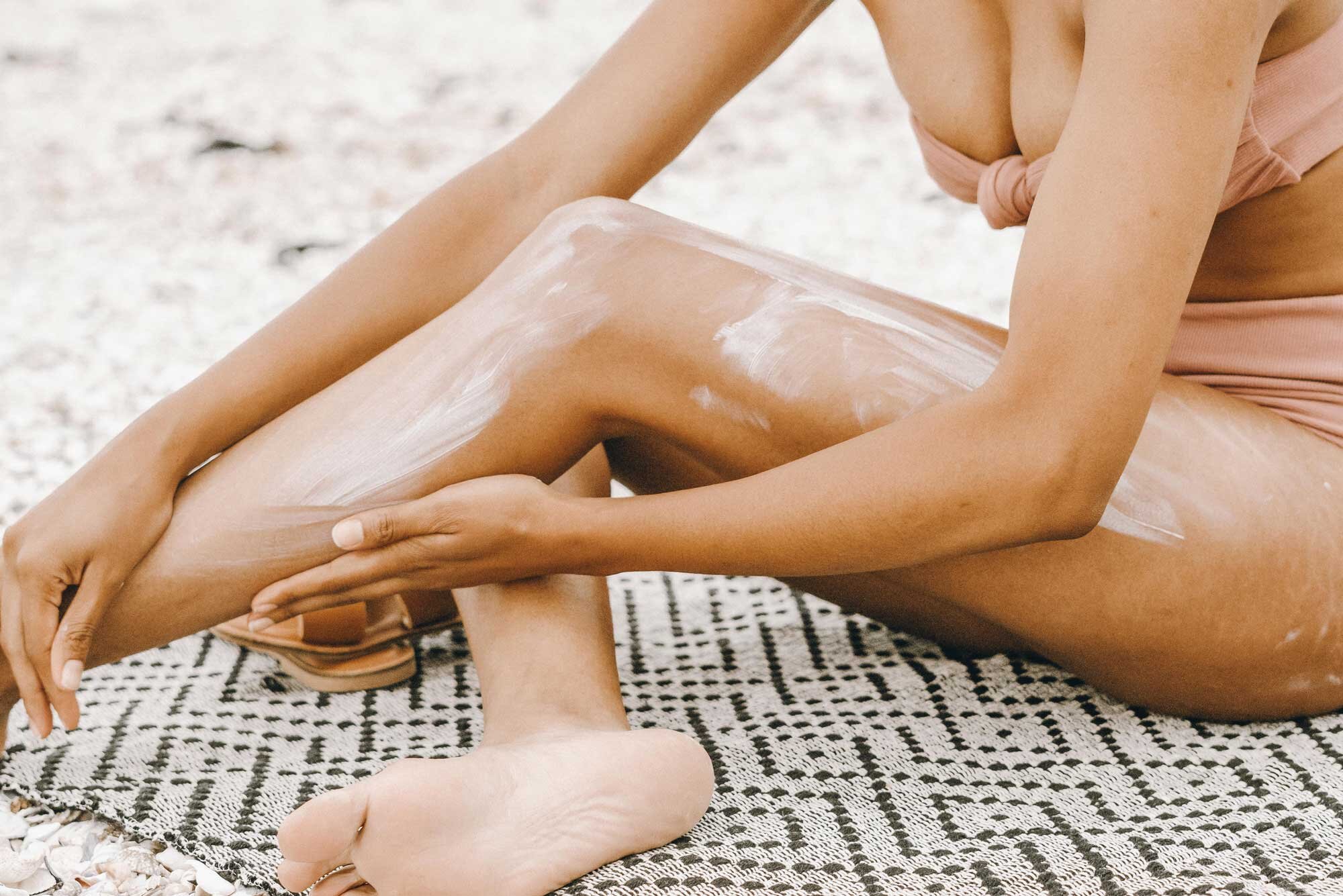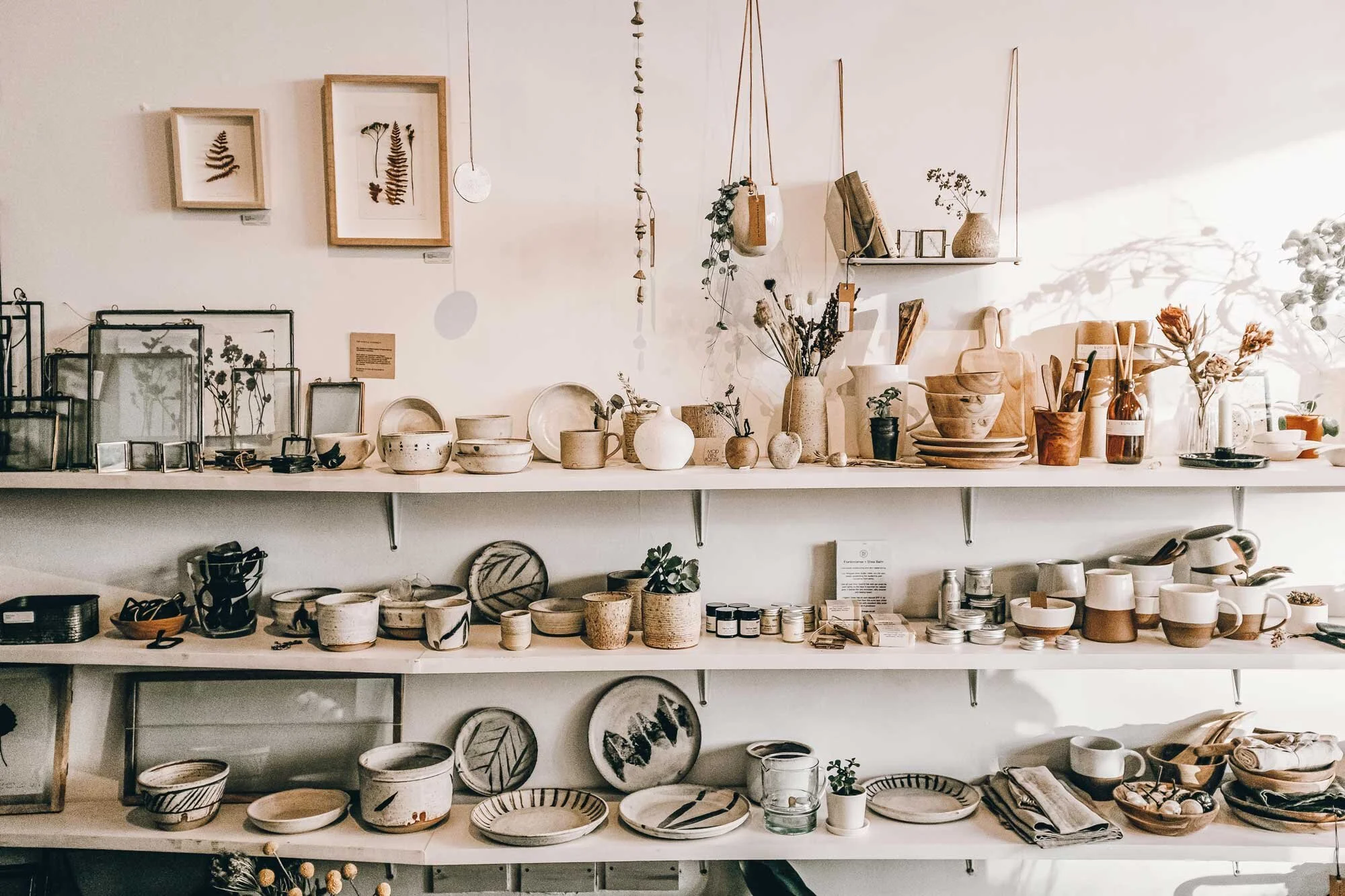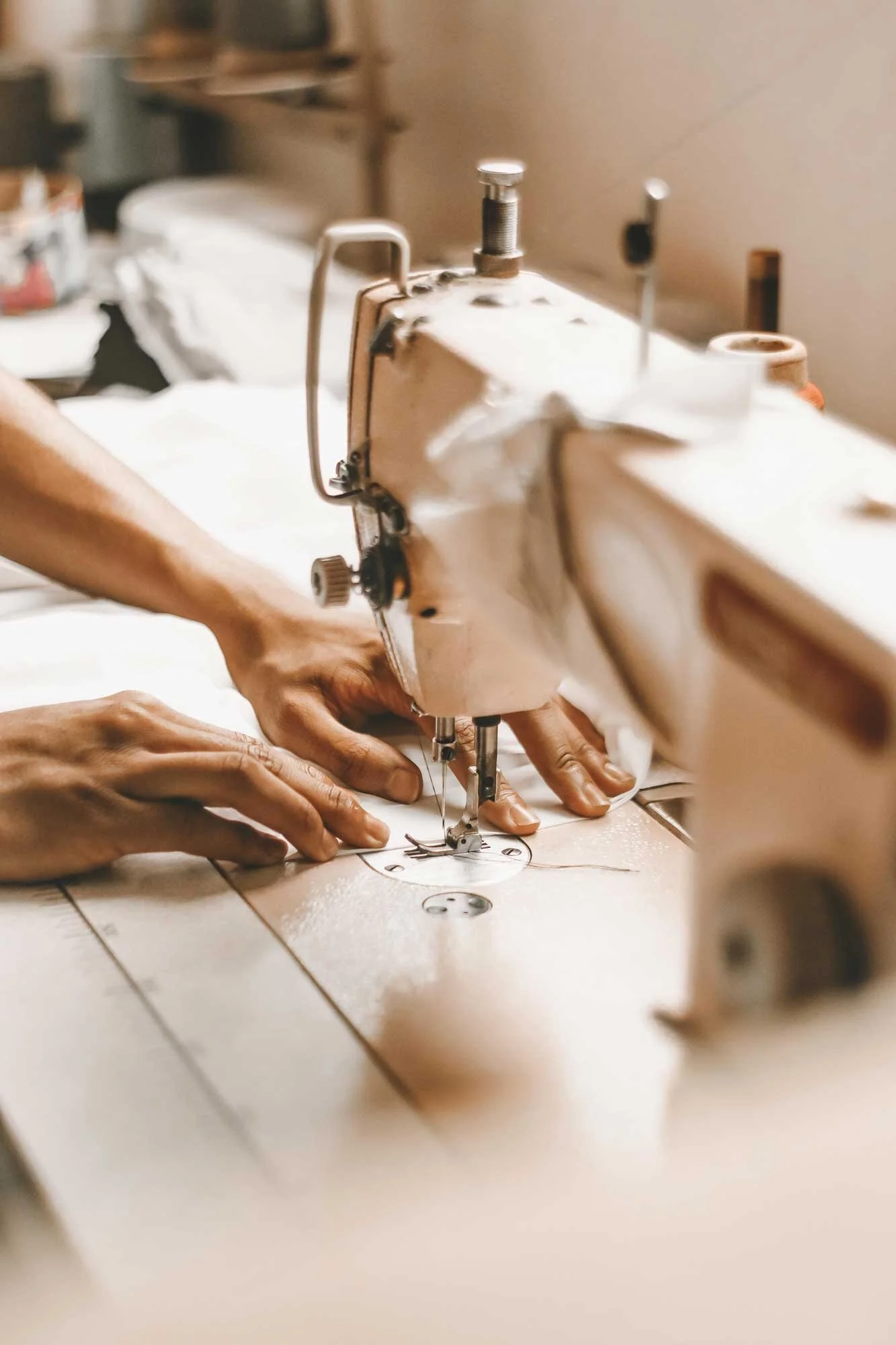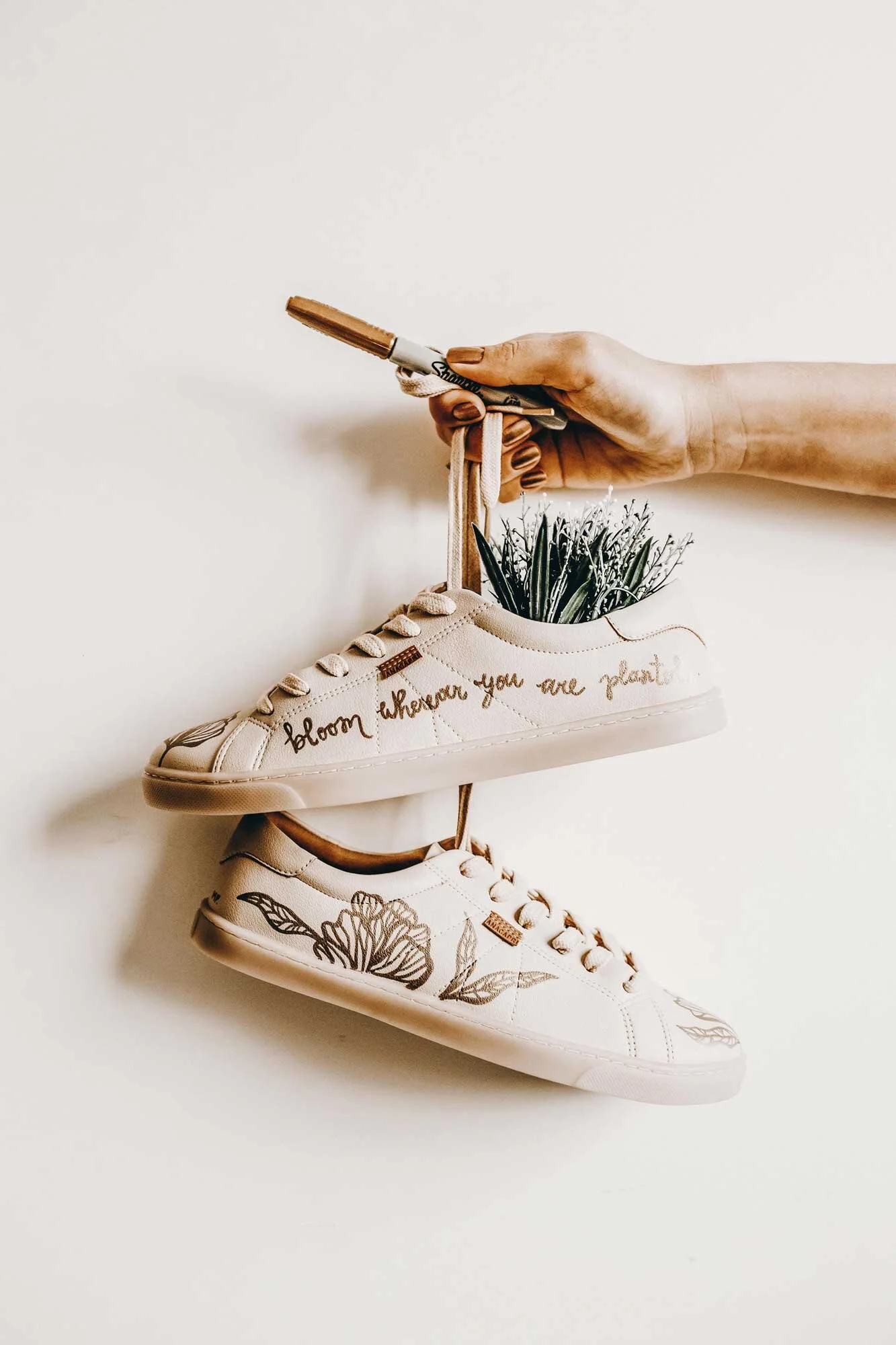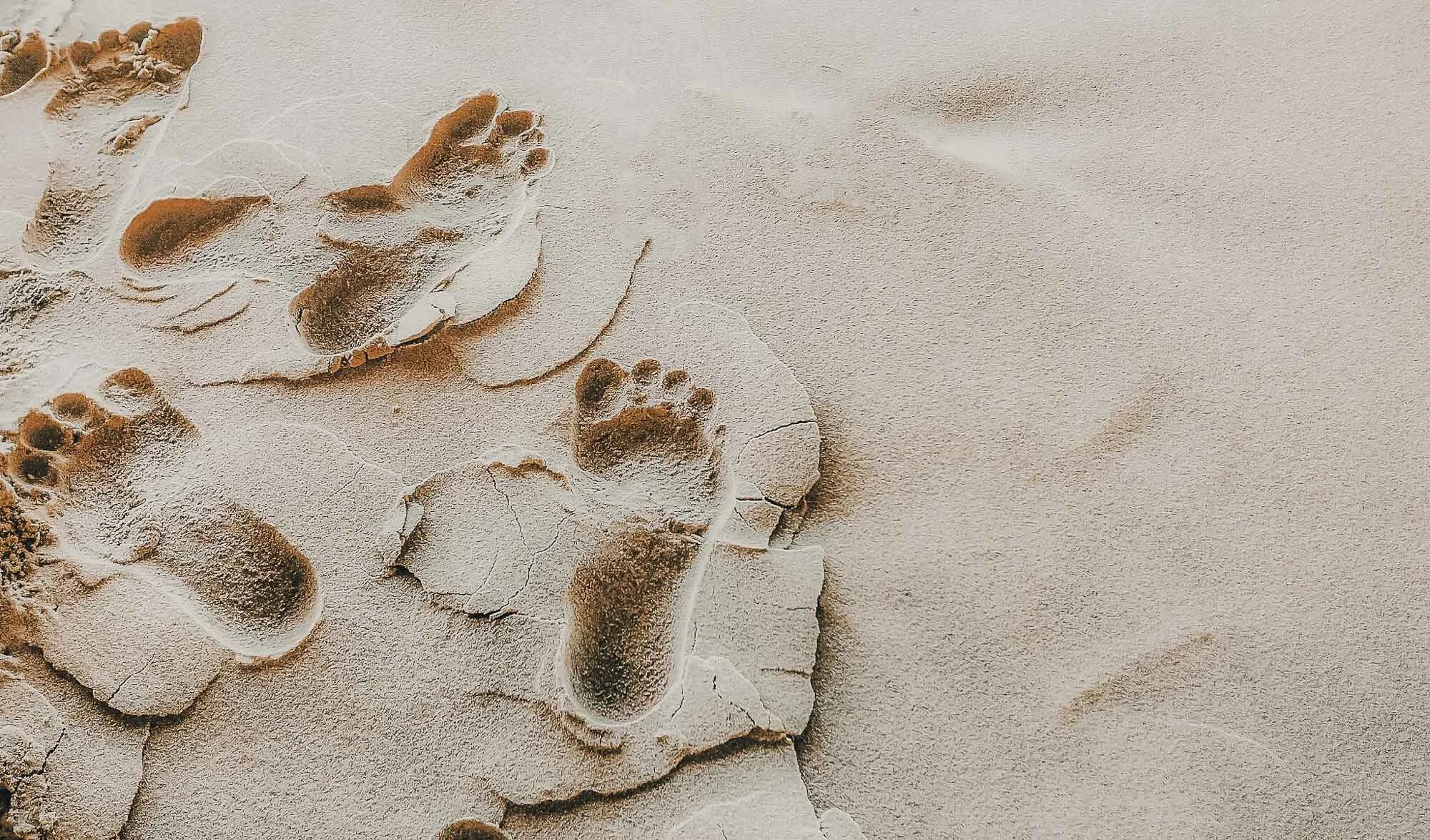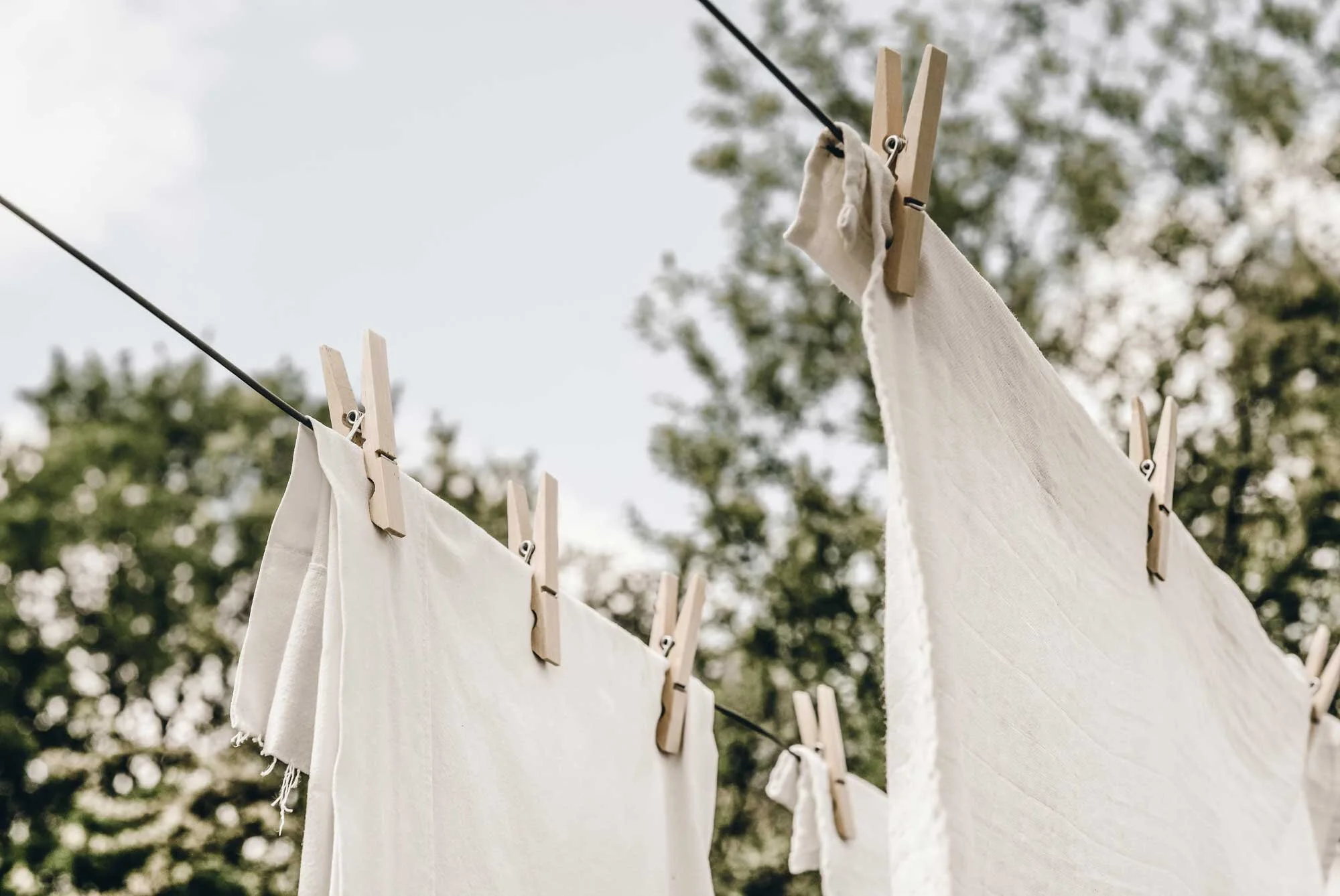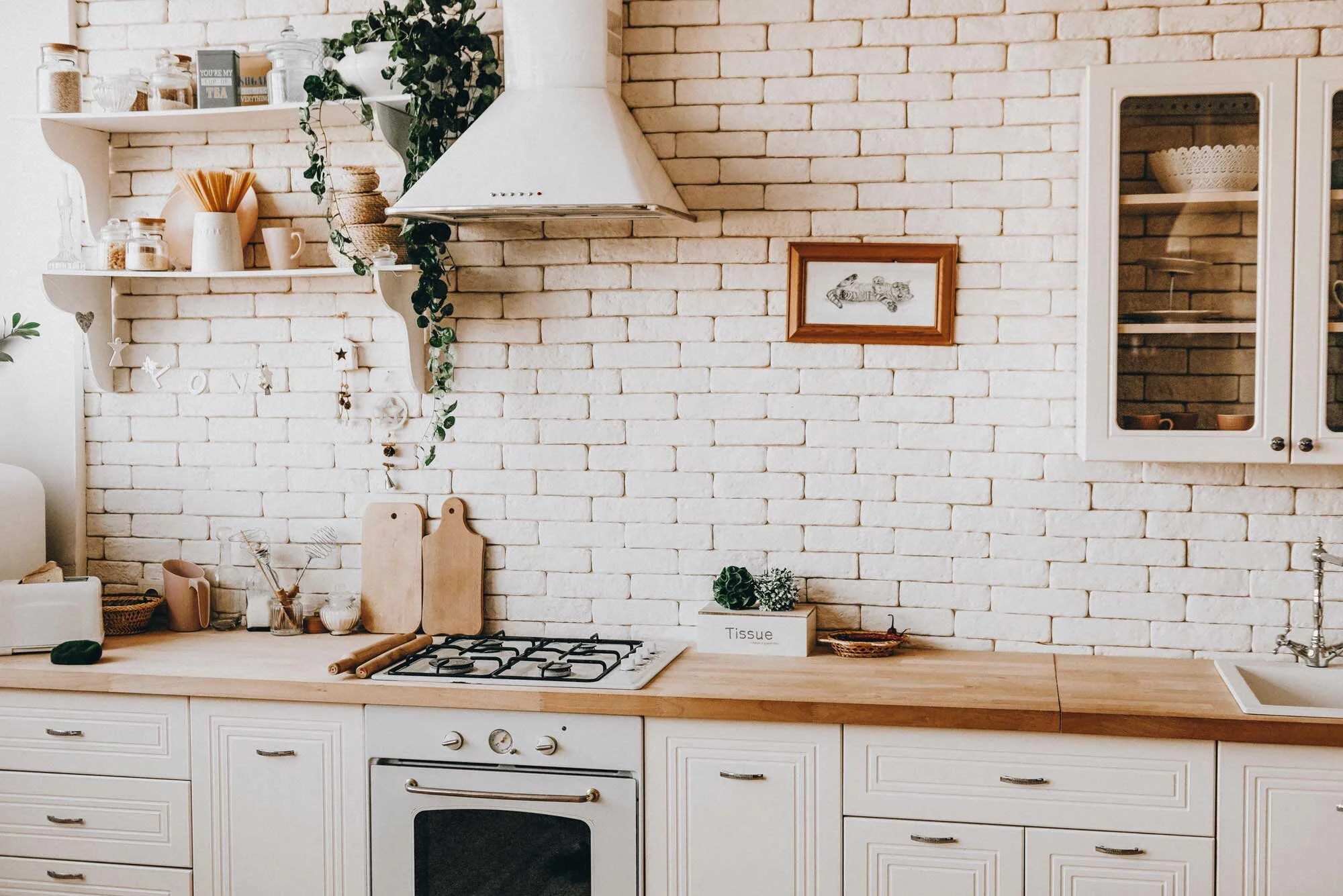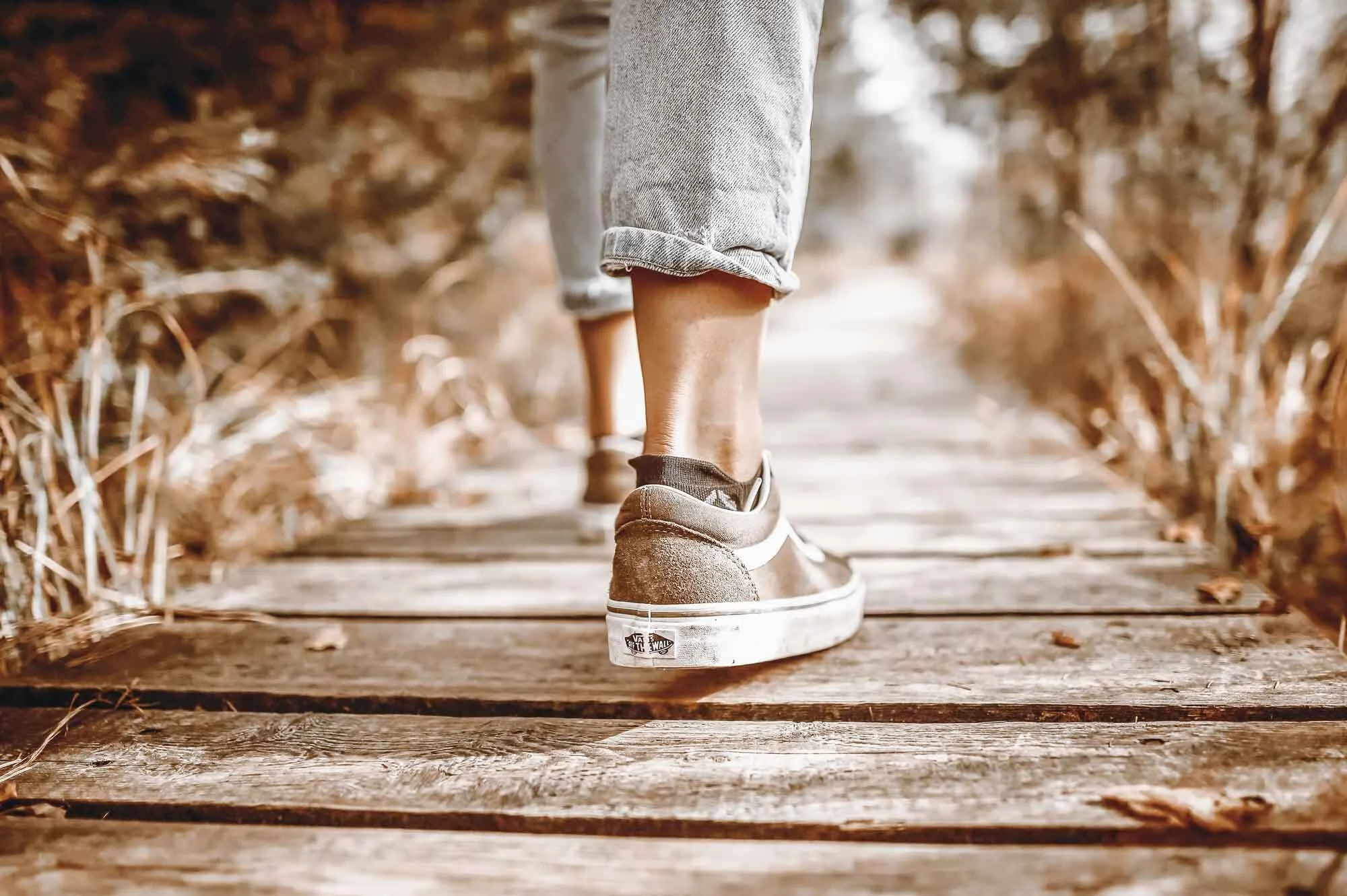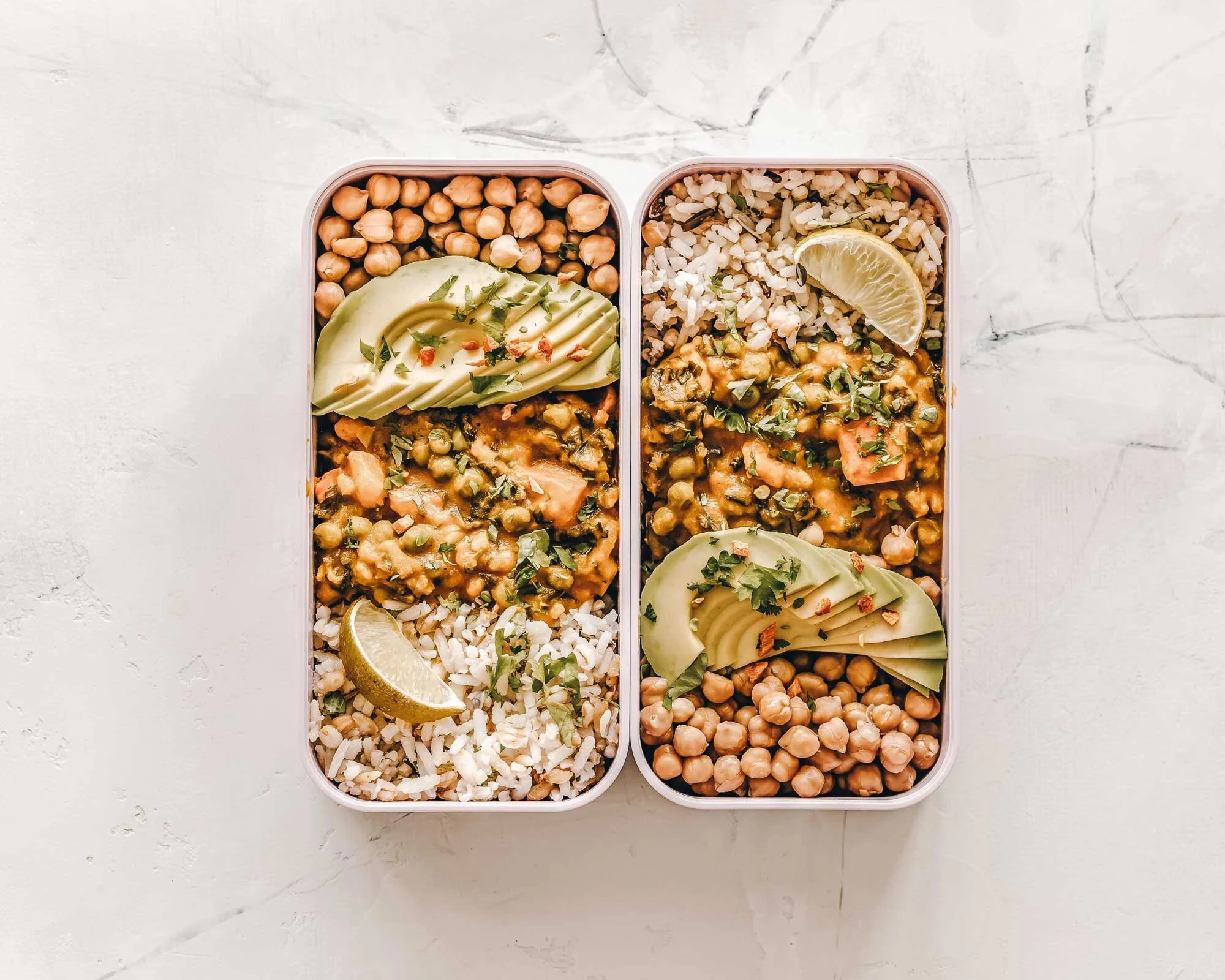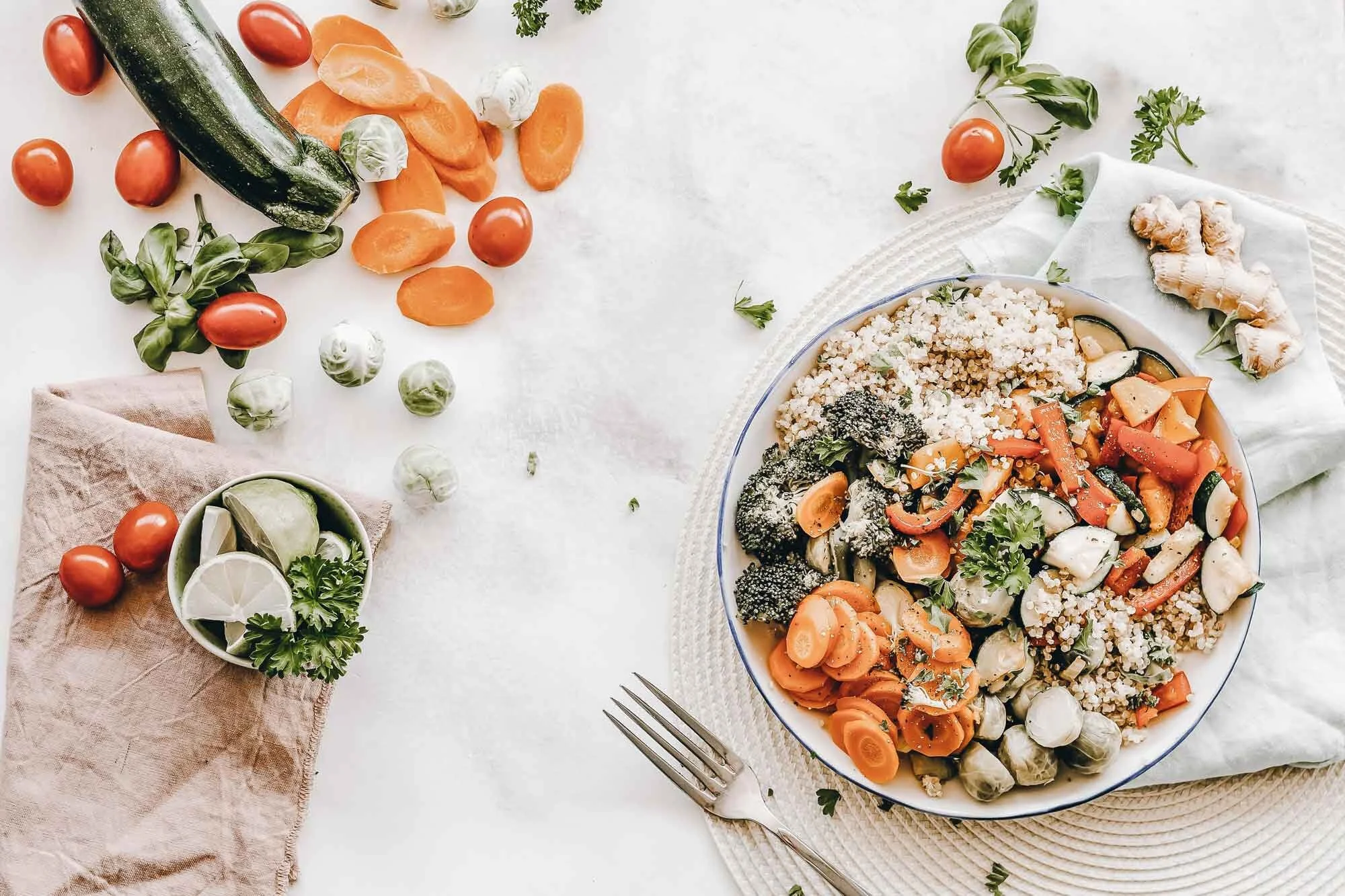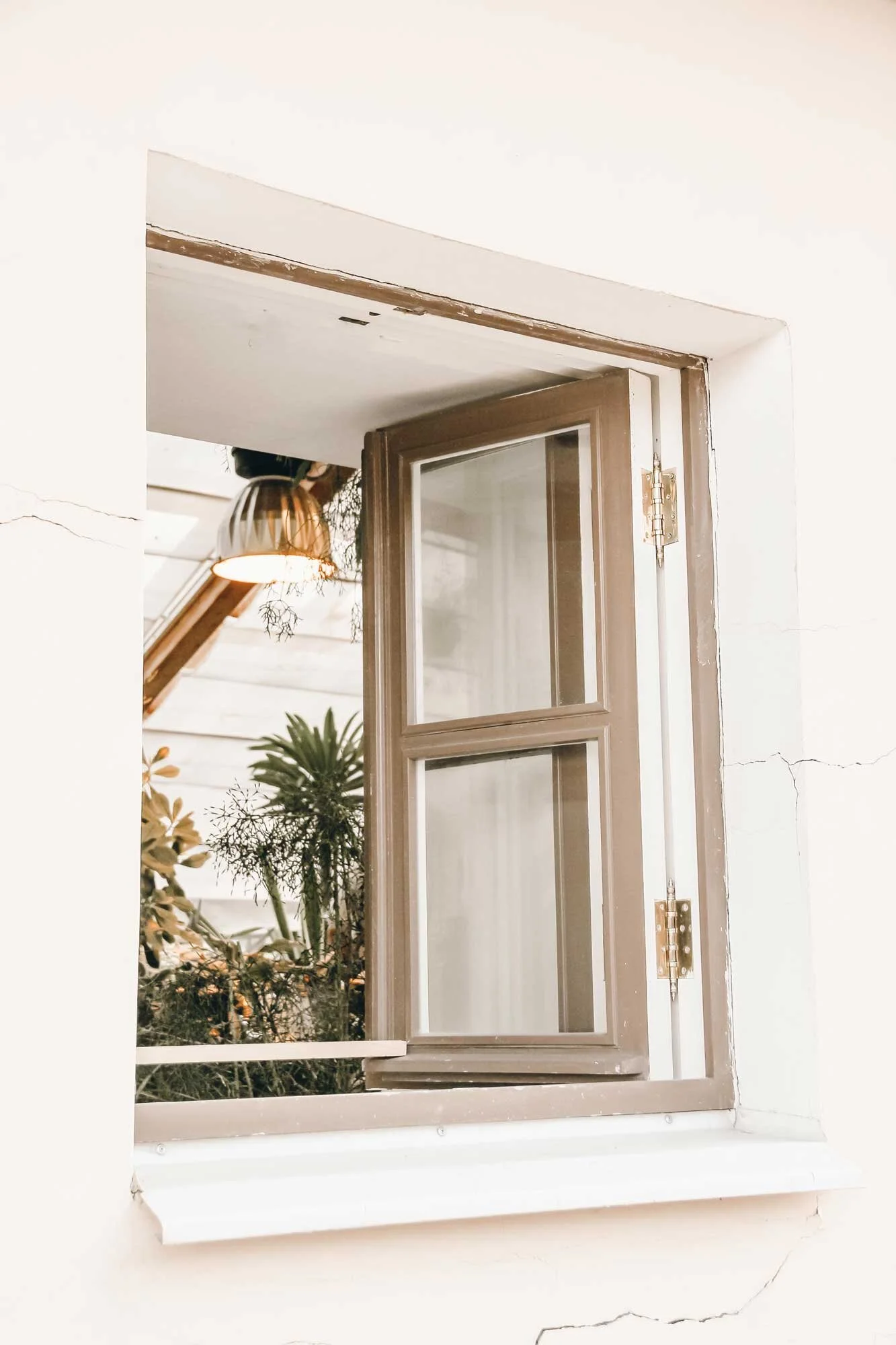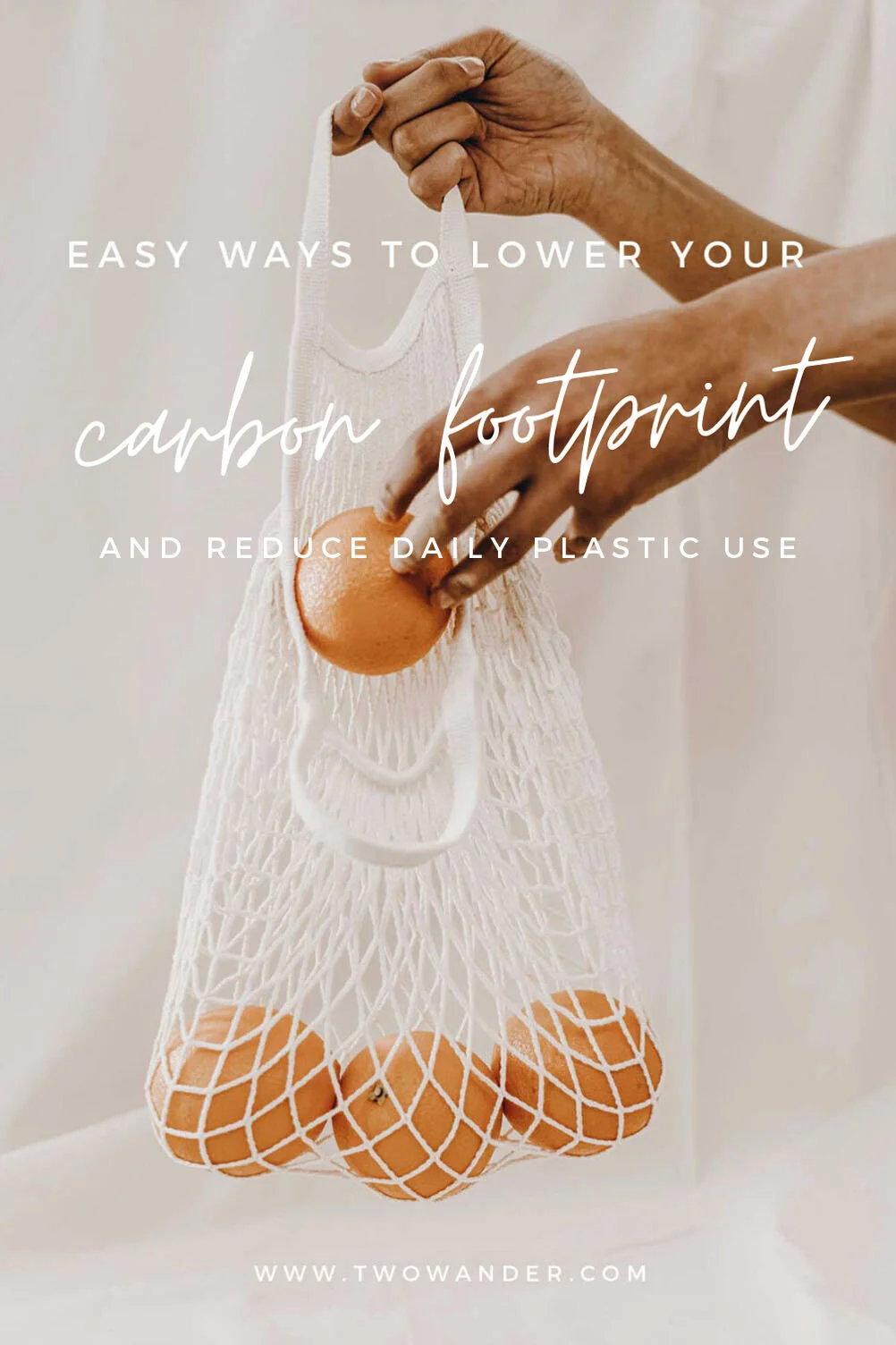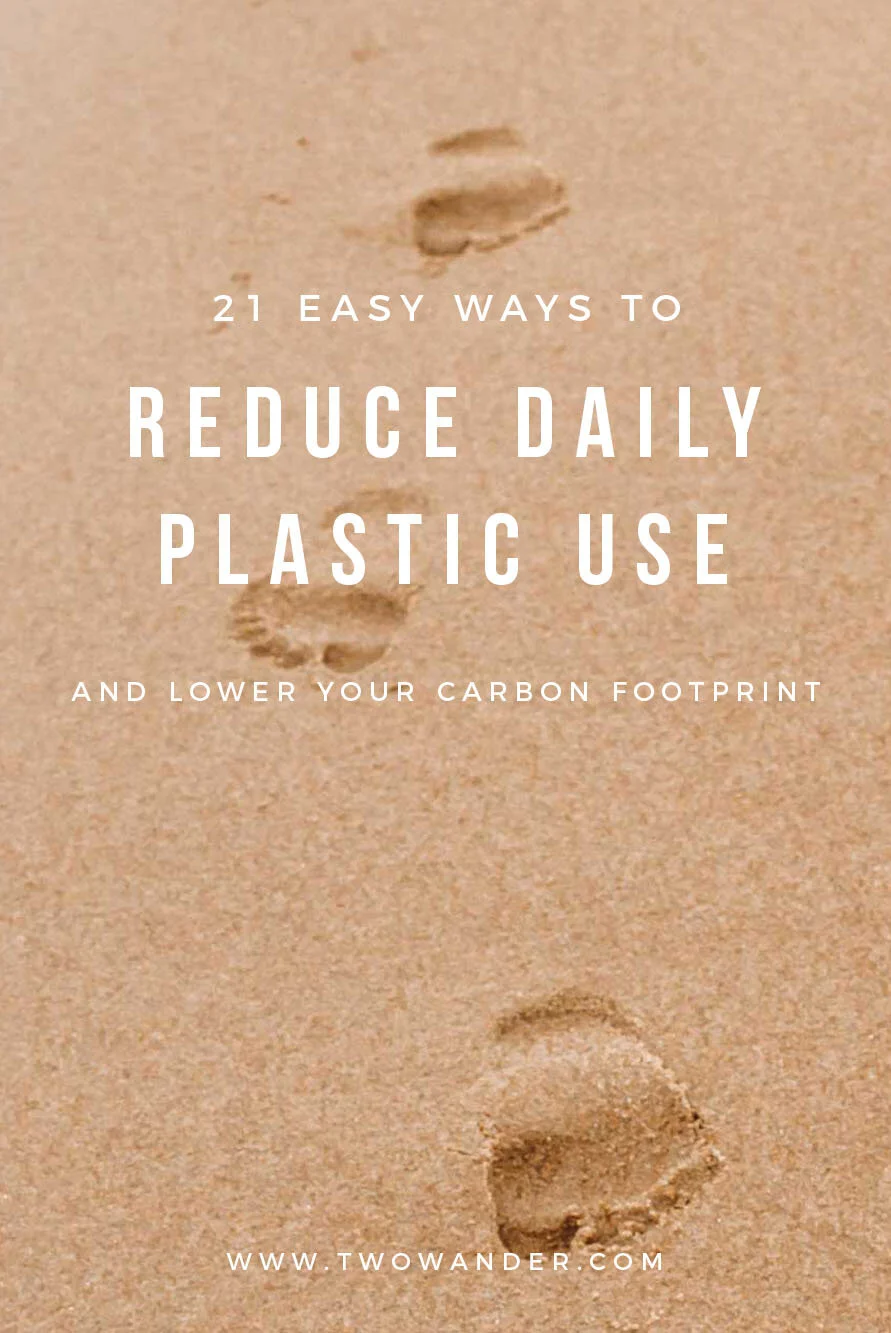21 Easy Ways To Reduce Daily Plastic Use And Lower Your Carbon Footprint
Please note this post may contain affiliate links. If you choose to purchase through these links, we may receive a small commission at no extra cost to you. By using these links you are directly supporting Two Wander to continue providing content to stoke your curiosity for conscious wandering + holistic well-being. Thank you!
Easy Ways To Reduce Plastic Use And Lower Your Carbon Footprint
We’re all aware that we need to reduce our plastic use and lower our carbon footprint emissions but sometimes it can be a bit overwhelming to know where to start or what changes can be made so we’ve made a list of all the things we currently do to mitigate some of the damage and other practices that we’re trying to implement or are thinking about including in the future.
Of course in these situations every little helps and “done is better than perfect” as they say- together all of us can add up to make a big difference for climate change! So here are the changes we currently have or are making to try and a little more plastic free:
1. Use reusable containers + beeswrap
Slowly over time, we started accumulating recycled glass jars or reusable containers to use for everything (including leftovers for lunch so we stop eating out, get healthier and save money too!), and that way we can also reduce the plastic load on our bodies too. Then, we swapped out plastic clingfilm/aluminium foil for beeswrap- which we love!
It’s beeswax coated cloth that acts as a replacement for disposable wrapping. You can either make it yourself or check out the ones we use here. We also make sure to never buy anything plastic in the first place if possible- it looks nicer and lasts longer that way too! Now, our kitchen is practically plastic free and we love it :)
2. Opt for an epilator/electric shaver/safety razor
This is actually something we’ve always done, I’ve never shaved and LOVE epilating because it lasts me so much longer, but it is as painful as waxing so bear this in mind! I’ve done it for so many years now though that it doesn’t really cause me any pain anymore. Sam uses an electric shaver and if we were to shave we would definitely use Seed + Sprout’s new safety razor, no more plastic razors clogging up landfills, yay!
Images via Seed & Sprout
3. Switch to reusable cotton wool pads + buds
I love my reusable cotton wool pads! I was worried they wouldn’t work but they’re great because the ones I use give me a bit of extra exfoliation. The only advice I would give is to bear in mind the thickness of the pads, mine are quite thick and I feel like they absorb a lot of product so if I was to re-buy them I would opt for thinner ones!
This is especially great for me when travelling because this is a product I’ve sometimes had difficulty finding abroad. In this same line, we switched to bamboo cotton buds and they’re great too. We don’t use cotton buds often so these last us quite a while but there wasn’t much of a price difference with them (which can often be a bit of a problem when making the switch to eco-friendly products).
Image via Seed & Sprout
4. Use bamboo brushes (for teeth and hair)
We LOVE our bamboo toothbrushes! A slight heads-up though it was a bit weird to get used to for us at first. I think because we were so used to always using plastic toothbrushes but now it would be weird to use anything else! Along this vein, you could also use solid toothtabs instead of toothpaste to cut down on one less thing of disposable plastic. This isn’t something we’ve currently adopted but are looking into it. We also make sure to use bamboo/natural bristle (cruelty-free) hairbrushes and my hair has thanked me ever since I made this change- hello volume!
5. Carry a reusable straw and cutlery
Now that straws are largely banned, woop woop, if you want to sip a thick smoothie on the go you’ll often need to have a trusty reusable straw to hand. It also makes it easier for you to refuse if a place doesn’t offer automatically sustainable ones (this is especially true while travelling!). Luckily, these days they’re easy to come by and often have a carry bag and washing brush with them (which we recommend getting if it doesn’t come with one).
If you eat lunch on the go, or even if you don’t, whilst you’re carrying something around you may as well get a reusable bamboo cutlery set like this one so you can avoid those disposable plastic takeaway cutlery and be even more environmentally friendly.
Image via Seed & Sprout
6. Bring a reusable bottle + drink coffee at home or sit in/bring a reusable mug
Whilst on the topic of drinking, make sure you’ve always got your reusable water bottle with you! This is SO important especially while travelling when you’re not sure when you can get your next drink in, and it’s also one of the easiest ways to reduce your plastic consumption. Often, at airports and coffee shops, you can refill with water for free.
If you drink coffee on the go, you could consider carrying a reusable mug with you (you’re going to be carrying something either way amirite?)- lots of places will even give you a discount for bringing your own! Or, if you’ve got the time, you can stop and smell the roses and sit in the coffee shop to enjoy your coffee, or simply make yourself a cuppa directly at home/work and save yourself some money too!
7. Don’t forget your reusable shopping + grocery bags
Of course, where would the topic of reusable items be without the trusty shopping bag. I’m sure most people have got a couple of these in their arsenal already. We’re personally a bit obsessed with canvas totes and anything that uses recycled materials.
Luckily, these days this is another option that’s really easy to implement with all the bans on plastic bags! We’ve always got one with us because you never know when you need to pick up something extra but when we go food shopping we also make sure to bring our own grocery bags like these ones so we don’t have to use the plastic ones they give at the store.
8. Buy in bulk but make sure not to throw away food!
Leading on from number 7, it’s also important where and what food you buy. We always try to buy from local markets as much as possible because it’s often cheaper for us as well as being fresh, seasonal, local and un-packaged, all pluses! When we do go to supermarkets we try and buy larger essential items in bulk so less packaging is involved overall and we can save some money again. And then, it’s always important to use up everything you have and never over-buy so you end up throwing produce out!
As we know, food wastage is one of the biggest problems we currently face. We usually do a fruit and veg shop once a week and then a bigger supermarket stock up about once a month and this works well for us. Of course you have to fit in what works best for your lifestyle and where you live. Buying in bulk often means that we can also mix and match our own ingredients, such as nuts, seeds and tea (which also means no plastic teabags, yay!) to suit our tastes. You can read more about some of the tea we make here.
9. Switch to a menstrual cup + period knickers
OK ladies this was actually a total GAME CHANGER for me! I can’t believe I put these off for so long and they only just made their way into my life a year ago! I think it was a combination of fear and uncertainty at their ease of use and, most importantly, their effectiveness. But I am here to tell you that yes, they do work, and they work really well! Seriously, who wants to fanny (ahem) about with tampons and pads all day (not to mention the plastic wastage, ugh) when you can pop in a menstrual cup in the morning and then go about your day. Ahhh they’re seriously so great I could wax lyrical about them forever but the things to note are yes, they are a learning curve (but once you get there it’s so so worth it) and yes, they are an investment.
The way I look at it though is you make a one-time purchase or lots of little purchases that will add up to that figure or more throughout the years anyway (that *bloody* tampon tax don’t come cheap)! Then, I use Thinx period knickers as a backup to the menstrual cup in case I don’t get to change it in time/overnight etc. Again, I look at these as a replacement to pads PLUS I would have to buy knickers at some point anyway right? I was initially worried that these wouldn’t work or look/feel good but they’re so great! These are also such a major plus for travelling. [Update I use ModiBodi now].
10. Switch to bar cleansers
This is something that we’ve only partially implemented but are also looking into getting a shampoo and conditioner bar, so if you know any good ones let us know below! For now we just use a bar of soap to wash our hands and body with and it’s one of those things we wonder why we ever didn’t before? It’s such a simple, easy switch to make that doesn’t make any noticeable difference, other than being crazy cost efficient! Like seriously, how infrequently do you have to buy a new one?? Using bar soaps are a double whammy because often they’re not packaged in plastic in the first place, and even if they are you have to buy new ones much much less than liquid soap.
11. Swap to natural products, or better yet- make your own!
This is one of those mega changes that take some time until you completely get through your whole repertoire but are so easy to do in this day and age and also SO important for your own overall wellbeing as well! You can see how I make my own clean beauty products here. Good ones to start with are natural cleaning products and air fresheners which often contain the most chemicals, that are easily inhaled as well.
Particularly for personal deodorant, this is a clean swap for the planet due to the damaging effects of aerosols and a good one for your pits too. Another biggie is using reef-friendly sunscreen (that also gets rid of any potentially carcinogenic nasties)! Making your own natural products will also reduce your plastic waste.
12. Shop second hand/sustainably
I loooove second-hand/vintage shopping and I’m sure many of you do too! I also absolutely love periodically going through my wardrobe and donating anything I no longer use (after checking if my sister/mum want it first haha), it makes me feel so much lighter. Shopping second-hand is a great way to try and reduce the wastage problem a bit, as is buying from sustainable, eco-friendly brands in the first place.
Bonus points for those that use recycled materials, reduce their own plastic consumption and donate back as well. Often, paying fair wages and using quality materials results in a higher price point but the payout is a longer lasting product potentially saving you money in the long-run and not contributing to the problem. Honestly, this is something we’re still working towards fully but small steps make big progress!
13. Recycle, reduce and reuse
Tying on from this point, anything that can’t be donated must be recycled (again, I’m sure most of us have got a pretty good handle on this but it always bear repeating!). Another biggie for us is reducing. We essentially became minimalists when we first went travelling and sold everything we owned except for what was in the bags on our backs. I cannot tell you how free this made us feel! I absolutely love it and am so glad it’s something we continued when we came back to our normal lives and started part-time travelling instead.
It makes getting ready for work in the morning an absolute breeze (and every day- no more getting frustrated on the bed because I “don’t have anything to wear”). Everything I now own is my favourite piece of clothing, I love it all and it all fits me really well, looks good and goes well with other things. Plus, this way it’s super easy to keep our flat tidy and there’s never any physical or mental clutter! I highly recommend it :) The final tip in the “waste hierarchy” is to reuse items. This takes some getting creative- how can you mend things (holes, buttons) or repurpose them if they no longer work for their original job, Pinterest will be a massive help in this department!
14. Pick up rubbish
Of course, absolutely hold onto your own plastic until you can find a (preferably recyclable) rubbish bin, but also pick up any rubbish you find in the streets! Particularly when out in nature I know this is a problem we’ve all come across and it can be particularly jarring due to the juxtaposition. If you keep your eyes peeled in your local community or join Facebook groups I’m sure there’ll be some kind of initiatives going on around such as beach cleanups! You can also take part in social media communities such as @jacksongrove’s adventure bag challenge on Instagram. This is a great way to make some friends along the way too.
15. Offset your carbon footprint!
Now, of course, this is not a perfect solution nor is it the be all and end all, but it’s a great addition to your eco-friendly roster nonetheless! You can either offset each individual flight you take, or, like we do, you can calculate your annual carbon footprint using a calculator such as the WWF’s one and then donate an equivalent amount to a reputable offsetting program. I would suggest calculating your carbon emissions whether you decide to offset it or not so you can see where you stand compared to the average/ideal goals.
I was so so pleased when we did ours and found out that even despite flying our footprint was still LOWER than the UK average and the 2021 goal! This is also a really great tool to see which areas are the biggest contributors. Then, if you like, you can choose to donate to an offsetting program. I personally like The Gold Standard because they show you how much it costs to donate per ton and they have a variety of sustainability projects to choose from so you can pick one that resonates with you (simply donating to planting trees has currently been sidelined in favour of initiatives such as these).
16. Skip the tumble dryer and switch to cold washes
Skipping the tumble dryer can save you tons per year! This may not always be feasible for you but if you can switch to cold washes this can also save you money- good for the planet and good for you. A bonus tip is to use vinegar as a fabric softener (no it doesn’t smell!), this is a great natural softener that’s also antibacterial and you can add essential oils to amp up the power and add a slightly nicer scent haha (we personally like using lavender and tea tree). Also, avoiding dry cleaners as much as possible is a huge planet helper by contributing less to the chemicals that increase greenhouse gas.
17. Reduce the amount of takeaways you get
Where possible, try and make it as much of a habit as possible to cook at home, it will be much healthier for you and will cut down on LOADS of plastic that’s associated with takeaways (why do they come with so much??). Restaurants are one of the biggest contributors to the food waste problem but if you don’t feel like cooking, eating in the restaurant as opposed to getting a takeaway is still a good way to reduce waster and your plastic consumption. Or, keep an eye out for places that are making eco-friendly plastic swaps and minimising their own wastage.
18. Walk/cycle as much as possible
This is one of our favourite tips! We love walking everywhere and are lucky enough to live somewhere to be able to do so. Plus it factors as a great exercise and stress-relief. If walking is not an option for you, can you cycle or take public transportation instead? Even car-pooling will be a big help by lowering cumulative gas emissions. Spending time in nature is also so incredibly beneficial for our physical and mental health, as well as soaking up some good ol’ oxygen to offset all that extra carbon dioxide we’re breathing.
19. Eat less meat/dairy
OK this one is a biggie. We all know that one of the biggest problems to global warming is conventional animal farming and cutting down on red meat and dairy is also really good for your health. This is not appetizing to everyone but can you start with meat-free Mondays and eventually work your way up to just meat Mondays? Often, what we eat is simply out of habit. This is something we learnt living in China, there’s no dairy available here so we don’t eat dairy! If you do decide to eat meat, can you buy quality products that are as ethically sourced as possible? Eating meat in China is not something we’re personally comfortable with so have become vegetarians by default. Sometimes out of sight out of mind works best :)
20. Turn off all plugs when not in use
This is one of those super simple tips that when used collectively adds up to a big difference! Again, it can also save you money by reducing your energy expenditure (up to £200 per year according to some studies!) which is always a nice bonus. Energy efficient lightbulbs are a great way to assist in lowering your co2 emissions as well.
21. Lower the heating/AC
We have become massive creatures of comfort and so used to being a relatively uniform temperature all year round. Apart from the questionability of it on our health, it can also save you money by lowering the thermostat by just 1 or 2 degrees (a theme is beginning to emerge), as well as helping you sleep better.
Often, you won’t even notice the difference, if not, putting on a nice cozy jumper is a simple replacement. In summer, would an open window or taking off a layer make the difference you need? Sometimes it really is too unbearably hot but can we also adapt what temperature we expect/are comfortable feeling a bit? As with everything, choosing to be mindful and conscious in how we operate and consume in the world are the first steps to making bigger changes!
So there you have it, our master list of 21 easy ways you can reduce your daily plastic use and carbon footprint! Like we said, these are just small changes that together can add up to make a big difference- and that’s why they’re so great! When we start small it’s easier to implement and keep up in our busy lives, and it always gives us a feel-good kick to know we’re trying to do our part!
We’re constantly on the hunt for new tips so if you have anything else you do to lessen your plastic or carbon footprint please let us know in the comments section below :)




